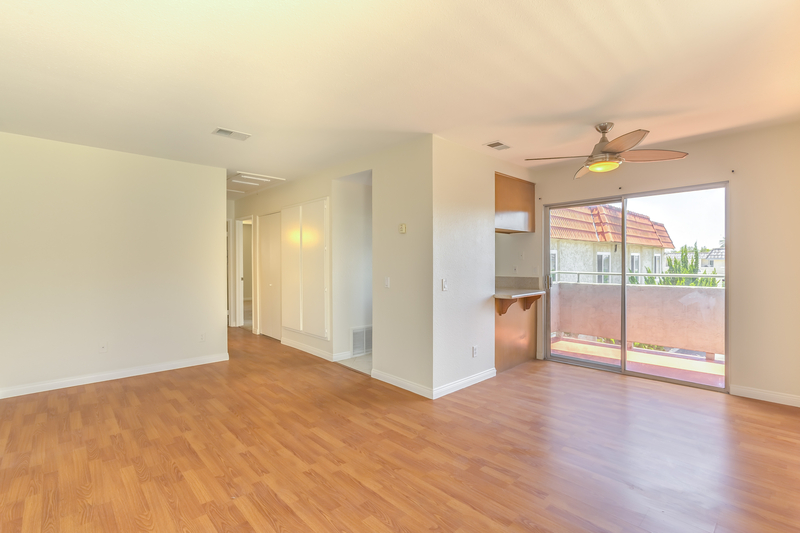Hardwood floors are a timeless and elegant feature in many homes, offering both beauty and durability. However, they are not without their challenges. Being aware of common issues associated with hardwood floors is essential for homeowners, real estate professionals, and investors alike. This knowledge can aid in maintaining the aesthetic appeal and longevity of these floors, ensuring they remain a valuable aspect of any home.
Scratches and Scuff Marks
One of the most frequent problems encountered with hardwood floors is the appearance of scratches and scuff marks. These imperfections can arise from everyday activities, such as moving furniture, pet claws, and high foot traffic. Over time, these marks can accumulate, detracting from the floor’s natural beauty and potentially affecting the home’s overall value. Certain types of wood and finishes are more susceptible to scratching, making the choice of flooring material an important consideration. Regular maintenance, including proper cleaning and the use of protective pads under furniture, can help mitigate this issue. Additionally, refinishing the hardwood floors can restore their original luster, although this process can be costly and disruptive. For those considering hardwood floors, selecting a hardier wood species and a durable finish can be a proactive step in minimizing the appearance of scratches and scuff marks.
Water Damage
Hardwood floors are particularly vulnerable to water damage. This issue can manifest in various ways, such as warping, buckling, or staining. The source of water damage is often spills that are not promptly cleaned up or high humidity levels within the home. In more severe cases, water damage can extend beyond the flooring to the subfloor and even the structural components of the house. As mentioned, floor joists can quickly become costly to repair if affected by prolonged exposure to moisture. Preventing water damage involves regular inspections, immediate clean-up of spills, and maintaining optimal humidity levels in the home. When installing hardwood floors, especially in areas prone to moisture like kitchens or basements, choosing engineered hardwood or applying a waterproof sealant can offer additional protection. In cases where water damage has already occurred, it is crucial to address the problem quickly to prevent further deterioration and more expensive repairs.
Fading
Fading is another common issue with hardwood floors. This problem often occurs due to prolonged exposure to sunlight, which can cause the wood’s color to dull or change over time. The rate and extent of fading depend on the type of wood and the floor’s finish. Areas of the floor that receive more sunlight, such as near windows or doors, are more prone to noticeable fading. To combat this issue, homeowners can use window treatments to reduce the amount of direct sunlight on the floors. Rugs and furniture can also be periodically rearranged to ensure even exposure and fading. When refinishing floors, selecting a UV-resistant finish can help mitigate the effects of sunlight. It’s also worth considering the natural color change of the wood over time when selecting hardwood flooring, as some woods are more prone to noticeable fading than others.
Hardwood floors, with their classic appeal, are a significant investment in any home. Understanding and addressing these common issues – scratches and scuff marks, water damage, and fading – are key to maintaining their beauty and value. Regular maintenance, proactive measures, and timely repairs can ensure that hardwood floors continue to enhance the charm and functionality of a home for years to come.
Don’t miss out on more valuable insights and knowledge! Here’s more to read. How to Reduce Fire Risk in Your Home
